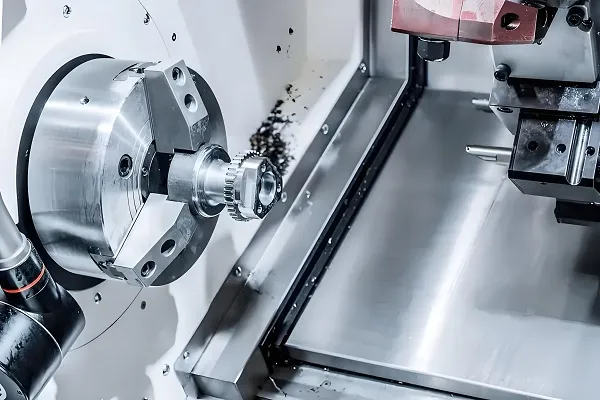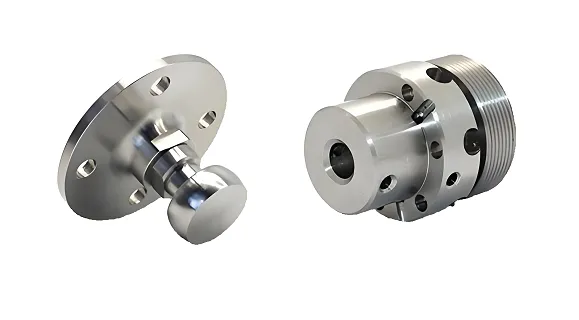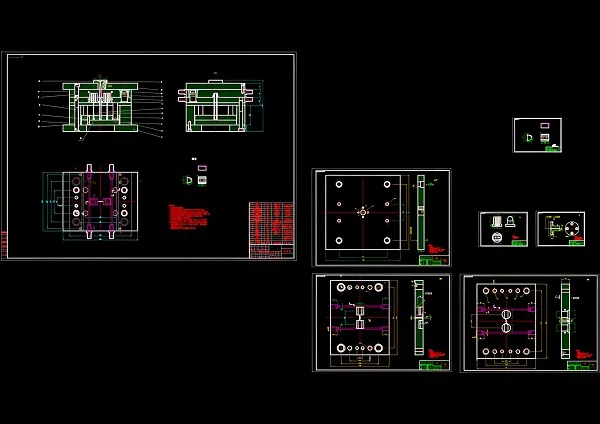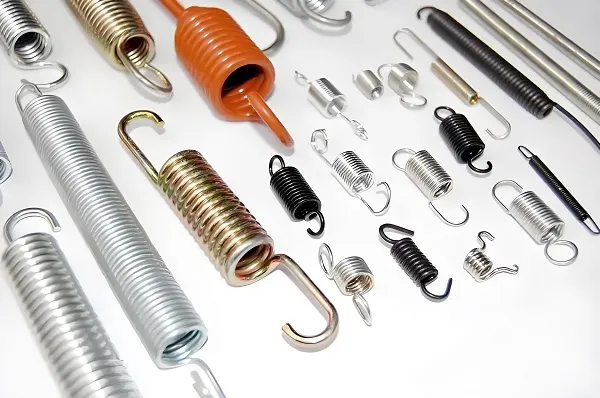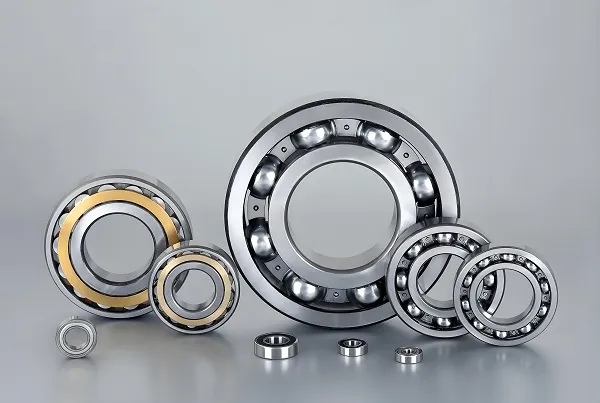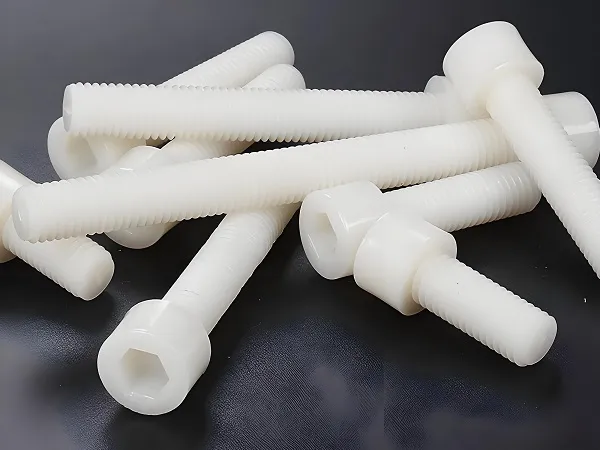As an alternative solution to traditional metal wheel axles, plastic wheel axles are widely used in a number of fields due to their lightweight, corrosion-resistant, easy-to-process and cost-effective features. Whether it is toys, furniture, transportation or industrial equipment, plastic wheel axle plays an important role with its unique advantages.
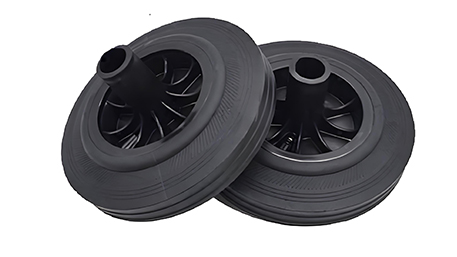
1.Plastic axle production process
Material selection and preparation: according to customer demand and the use of the wheel axle environment, select the appropriate plastic materials, such as nylon, polytetrafluoroethylene, PEEK and so on.
Mold design and manufacturing: design and manufacture special injection molds according to the size, shape and functional requirements of the axle.
Injection molding: Inject the molten plastic into the mold and form the preliminary shape of the axle after cooling and curing.
Post-processing: trimming, grinding, deburring and other treatments are carried out on the injection molded wheel axle to improve its surface quality and precision.
Quality Inspection: Test the size, strength, wear resistance and other properties of the wheel axle to ensure that it meets the design requirements.
Packing and shipping: Pack the qualified wheel axle and prepare to ship to customers.
2.Plastic axle customization
Demand communication: Communicate with customers in detail to understand their specific needs such as usage scenarios, load requirements, size limitations and so on.
Program design: according to the customer’s needs, design the size, shape and material selection program, and provide preliminary design drawings.
Sample production: according to the design scheme, produce sample axle for customers to test and evaluate.
Modification and Optimization: According to the customer’s feedback, modify and optimize the design scheme until it meets all the customer’s requirements.
Mass production: After confirming that the design scheme is correct, mass production will be carried out and the consistency and stability of product quality will be ensured.
3.Plastic axle material
Material:
Nylon (PA)
Polytetrafluoroethylene (PTFE)
PEEK (polyether ether ketone)
Acetal (POM)
Characteristics:
Nylon (PA):
High strength and good abrasion resistance.
Highly self-lubricating, suitable for applications requiring reduced friction.
Highly absorbent, requires attention to moisture-proof treatment.
Polytetrafluoroethylene (PTFE):
Very low friction factor, suitable for applications requiring very low friction.
High temperature resistance and good chemical stability.
Lower hardness, need to be compounded with other materials to improve strength.
PEEK (Polyetheretherketone):
High temperature resistance, can work for a long time in a high temperature environment.
Chemical resistance, suitable for corrosive environments.
High strength, good abrasion resistance, suitable for high load applications.
Acetal (POM):
High strength and good rigidity.
Good abrasion resistance, suitable for applications requiring long term wear.
Good fatigue resistance, suitable for applications requiring frequent movement.
4. Characteristics of plastic axles made of different materials
Products:
Nylon Wheel Axle
PTFE axle
PEEK axle
Acetal axles
Data:
Nylon wheel axle:
Friction factor: 0.1-0.3
Temperature resistance range: -40℃ to +120℃
Compressive strength: ≥50MPa
PTFE wheel axle:
Friction factor: ≤0.04
Temperature range: -200℃ to +250℃.
Compressive strength: ≥10MPa
PEEK wheel axle:
Friction factor: 0.2-0.4
Temperature range: -50℃ to +300℃.
Compressive strength: ≥100MPa
Acetal Wheel Axle:
Friction factor: 0.1-0.2
Temperature resistance range: -40℃ to +100℃
Compressive strength: ≥60MPa
Customized Plastic Axle FAQ
Q1: What are the advantages of plastic axle compared with metal axle?
A: Plastic axles are lightweight, corrosion-resistant, easy to process and cost-effective, and are suitable for a variety of application scenarios.
Q2: How to choose the right plastic axle material?
A: When choosing plastic axle materials, you need to consider factors such as usage scenarios, load requirements, temperature range, friction factor, etc., and consult with professionals for advice.
Q3: What is the customization process of plastic axle?
A: The customization process of plastic axle includes demand communication, scheme design, sample making, modification and optimization, and mass production and other steps.

